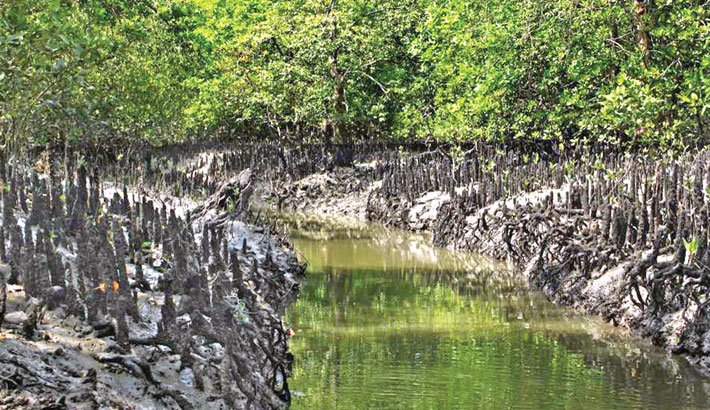After a hiatus of three months, Bangladesh Forest Department is reopening the Sundarbans, the world’s largest mangrove forest and a Unesco World Heritage Site, for tourists from today.
The Forest Department had barred visitors from entering the Sundarbans from June 1 to August 31 as these three months are considered the breeding season of fish and animals.
It also banned fishing in all the rivers and canals of the Sundarbans during the period.
Now, both the local and foreign tourists and local fishermen will be able to collect permission letters from the Forest Department to enter the forest area.
“The restrictions are set to be lifted from tomorrow (Thursday). Alongside tourists, foresters will also be allowed back into the Sundarbans with a permit,” said Mihir Kumar Dey, conservator of forests in the Khulna region.
The initiative to prohibit fishing in the Sundarbans during the summer months started in 2019, in line with the recommendations of the Integrated Resources Management Planning (IRMP) to protect fishery and animal resources.
This year, however, the duration of the ban was extended by a month, starting on June 1.
Ahead of the reopening, fishermen, tour operators, launches and boatmen were seen busy on Wednesday making preparations.
Sundarbans is said to be one of the most attractive tourist destinations not just in Bangladesh, but in the world. Every year, more than 200,000 local and foreign tourists immerse themselves in the natural beauty of the vast tract of forest and saltwater swamps.
This year, tour operators expect an even bigger turnout as the launch of the Padma Multipurpose Bridge has established direct road links to the southern region with other parts of the country.
“Visitors can choose from an array of launches, tour boats, trawlers and other vessels to travel to various coastal and forest areas, including Karamjal, Katka, Kachikhali, Harbaria, Hiron Point, Dubla and Neelkamal,” said M Nazmul Azam David, general secretary of the Sundarbans Tour Operators Association.
The three-month ban on entry into the Sundarbans has allowed the forest to regain its lustre, said the people concerned.
“No one has been able to enter Sundarbans for the past three months. As a result, wild animals have not been exposed to the noise and sound generated by people and boats and they roamed freely. As a result, the Sundarbans looks more natural now,” said station officer of the Kalabagi Eco Tourism Centre Zahirul Islam Jewel.

